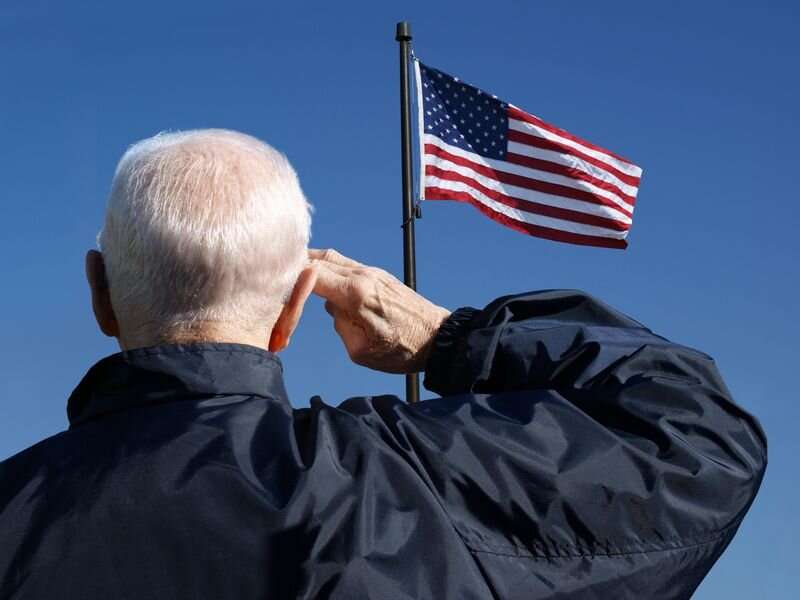
The prevalence of suicidal thoughts and behaviors (STBs) did not increase for most U.S. veterans during the COVID-19 pandemic, according to a study published online April 5 in JAMA Psychiatry.
Ian C. Fischer, Ph.D., from the VA Connecticut Healthcare System in West Haven, and colleagues examined longitudinal trends in STBs in U.S. military veterans during the first three years of the COVID-19 pandemic. The analysis included 2,441 survey responses from the National Health and Resilience in Veterans Study.
The researchers found that past-year suicidal ideation decreased from 9.3 percent prepandemic to 6.8 percent a year later and then slightly increased to 7.7 percent two years later. During the follow-up period, nine veterans (0.4 percent) reported attempting suicide at least once, while 100 (3.8 percent) developed new-onset suicidal ideation and 28 (1.2 percent) developed new-onset suicide planning.
Factors strongly associated with new-onset suicidal ideation included higher education (odds ratio [OR], 3.27), lifetime substance use disorder (OR, 2.07), prepandemic loneliness (OR, 1.28), and lower prepandemic purpose in life (OR, 0.92), when adjusting for sociodemographic and military characteristics.
“These results suggest that efforts to promote purpose in life and social connectedness, as well as treatments that target ongoing psychiatric distress and substance use problems, should be prioritized to help mitigate suicide risk in U.S. military veterans,” the authors write.
Several authors disclosed financial ties to the pharmaceutical industry.
More information:
Ian C. Fischer et al, Longitudinal Trends in Suicidal Thoughts and Behaviors Among US Military Veterans During the COVID-19 Pandemic, JAMA Psychiatry (2023). DOI: 10.1001/jamapsychiatry.2023.0393
Journal information:
JAMA Psychiatry
Source: Read Full Article
